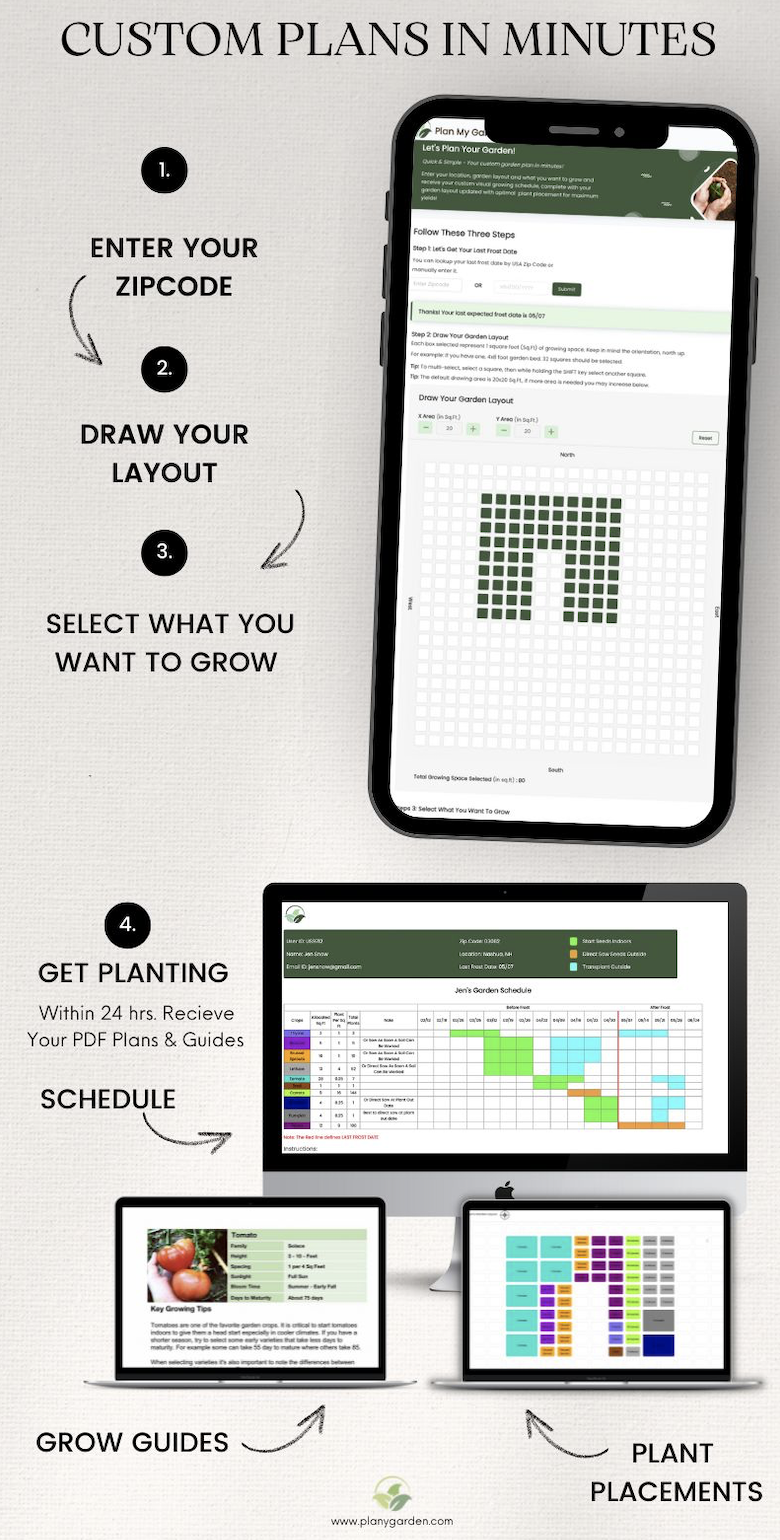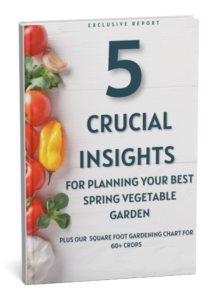Last Updated on August 23, 2024
Overwinter Pepper Plants: The Secret to Year-Round Harvests
Overwintering Pepper Plants: The Secret to Year-Round Harvests
Let’s get real. You’ve put in the work all summer, nurturing those pepper plants like they’re your babies. So, why let them die off when the cold hits? That’s where overwintering comes in.
But what does it mean to overwinter pepper plants? It’s not just about saving a plant; it’s about giving it a cozy spot indoors during winter so it can bounce back even stronger come spring. You’ll get earlier harvests, bigger yields, and save yourself the hassle of starting from scratch every year.
Why Should You Overwinter Pepper Plants?
Here’s the deal—peppers are perennials in their natural habitat. That means if you’re willing to put in a little effort, they’ll keep coming back. Imagine picking fresh jalapenos or cayennes in March while your neighbors are just planting seeds.
But hey, it’s not just about being ahead of the game. Overwintering pepper plants can give you:
- Bigger yields: Plants that have had a year to establish themselves are simply more productive. To maximize these yields even more, check out our guide on How to Grow Peppers from Seed Organically with Massive Yields.
- Less work: Skip the whole seed-starting process. Your overwintered plants are ready to go.
- Earlier harvests: While everyone else is waiting for their seeds to sprout, you’ll already be harvesting.
Benefits of Overwintering Pepper Plants
Now, let’s break it down. What exactly do you get out of this?
- Time Saver: You’re not starting from zero. Overwintered plants have a head start, which means less work for you.
- Stronger Plants: A mature plant has a more robust root system, making it more resilient and productive.
- Continuous Harvest: Why wait until late summer for your first peppers when you can have them in early spring?
- Cost-Effective: Save money on seeds and seedlings every year.
If you’re planning your garden for the year ahead, consider how overwintering fits into your overall Vegetable Garden Planning for Beginners.
Drawbacks of Overwintering Pepper Plants
It’s not all sunshine and rainbows, though. There are some challenges to consider:
- Space Requirements: Not everyone has room to bring in pots or plants.
- Pest Issues: Bugs don’t take the winter off. You’ll need to be vigilant.
- Effort: It’s not a one-and-done deal. Overwintering requires regular care, even in the off-season.
When to Start Overwintering Pepper Plants
Timing is key. Start thinking about overwintering when the nighttime temperatures begin dipping below 50°F (10°C). You want to bring the plants inside before they experience any frost damage.
Pro tip: Begin preparing your plants in late summer by reducing watering and fertilizer. This slows down their growth, making the transition indoors easier.
Overwintering is just one part of your overall garden prep. For a more comprehensive approach, see our guide on Prepare Your Garden for Winter in 11 Easy Steps.
Essential Supplies for Overwintering Pepper Plants
Alright, here’s what you’re gonna need:
- Containers: For transplanting in-ground peppers. Smart pots work wonders.
- Compost: To refresh your plant’s soil.
- Pruning Shears: Keep those plants trimmed back.
- Grow Lights: Especially if you lack natural sunlight indoors.
- Insecticidal Soap: For those pesky bugs that think your houseplants are a free buffet.
Step-by-Step Guide to Overwinter Pepper Plants
Now, let’s get into the nitty-gritty. Here’s how you do it:
- Trim and Transplant: After your summer harvest, prune your pepper plants back to the main stems and branches. Transplant them into pots if they’re in the ground.
- Bring Them Inside: Place the pots in a sunny spot, preferably a south-facing window. Not enough light? Supplement with grow lights.
- Water Sparingly: Your plant will go semi-dormant. Water only when the top inch of soil is dry. Overwatering is a killer here.
- Skip the Fertilizer: Your plant doesn’t need much during the winter. Hold off on fertilizing until spring.
- Monitor for Pests: Check your plants regularly for any signs of insects. Use insecticidal soap as needed.
Looking to protect your plants even more? Consider using a cold frame. It’s a great option for those in colder climates. Here are 5 Tips for Using a Cold Frame that can help you out.
How to Overwinter In-Ground Pepper Plants
If your peppers are still in the ground, you’ll need to transplant them into containers. Here’s how:
- Dig Carefully: Dig around the plant, ensuring you get as much of the root system as possible.
- Pot Up: Place the plant in a container with fresh, compost-rich soil. Water thoroughly and place it indoors.
Ideal Container Size for Overwintering Pepper Plants
You don’t need anything too massive. A 3 to 5-gallon pot should do the trick. Make sure it has good drainage.
Temperature Requirements for Overwintering Pepper Plants
Keep your plants in a space that stays between 60-70°F (15-21°C). If it’s too cold, your plants could die. Too warm, and they might try to grow too much, which can weaken them.
Watering and Fertilizing Overwintered Pepper Plants
Here’s the lowdown: Less is more. Water only when the soil feels dry, and hold off on fertilizing until you see new growth in late winter or early spring.
Lighting Needs for Overwintering Pepper Plants
Light is crucial. A south-facing window is ideal, but if that’s not an option, get yourself some grow lights. Your plants still need about 8-10 hours of light per day.
Pruning Overwintered Pepper Plants
Keep it simple. Just trim back any leggy growth or dead leaves. This keeps your plant focused on staying alive rather than putting out unnecessary growth.
Tips for Successfully Overwintering Pepper Plants
- Rotate the Plants: If using natural sunlight, rotate your pots every few days so all sides get light.
- Check for Pests: Regularly inspect your plants. A few aphids can turn into a big problem fast.
- Be Patient: Your plant isn’t going to look like much over the winter. That’s okay. Come spring, it’ll burst back to life.
Common Pests When Overwintering Pepper Plants
You’ll probably encounter:
- Aphids
- Spider Mites
- Fungus Gnats
Stay vigilant and treat any issues immediately with insecticidal soap or neem oil.
Dealing with Pest Infestations on Overwintered Pepper Plants
If you notice a pest problem:
- Isolate the Plant: Move it away from your other plants.
- Apply Insecticidal Soap: Follow the directions on the product. It usually takes a few applications.
- Keep Checking: Pests can be persistent, so keep an eye on things.
Preparing Overwintered Pepper Plants for Spring
As winter winds down, you’ll notice new growth. Time to prep for the outdoors:
- Gradually Increase Light: If your plant was under grow lights, start moving it to natural light.
- Harden Off: A couple of weeks before the last frost, begin taking your plants outside for a few hours each day. Need a refresher? Here’s How to Transplant Seedlings into the Garden.
- Fertilize: Start feeding with a balanced fertilizer to encourage growth.
According to Gardening Know How, six weeks before you would set out pepper transplants (6 weeks before the last frost date), begin to prepare the plants to go outside by gradually introducing more light and a light fertilization. When new growth appears, water more frequently.
By following these steps, you’ll turn your pepper plants into perennial powerhouses. Want a little more guidance? Organic Backyard Gardening has you covered. With our Plan My Garden tool, we’ll help you map out your garden with customized PDF plans tailored to your zip code and garden layout. Whether you’re overwintering peppers or planting something new, we’re here to make it easy.
Frequently Asked Questions About Overwintering Pepper Plants
Most can, but hot varieties like jalapenos and cayenne do particularly well.
Look for new growth and wait until the threat of frost has passed. If you’re unsure when that is, check out our guide on When is the Best Time to Plant a Vegetable Garden.
Yes, but your results might not be as good without adequate natural light.


